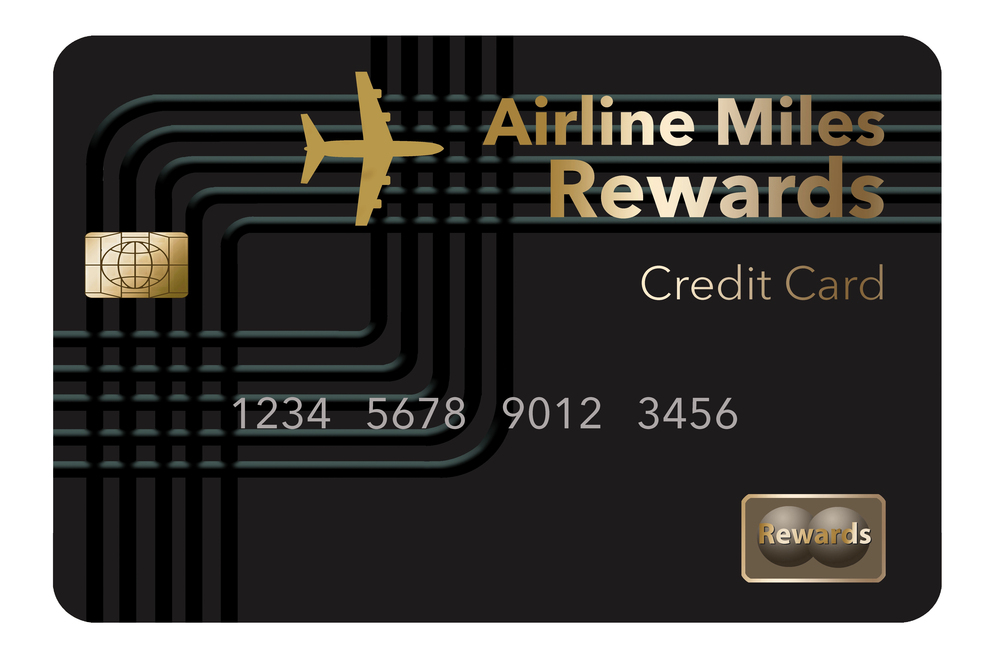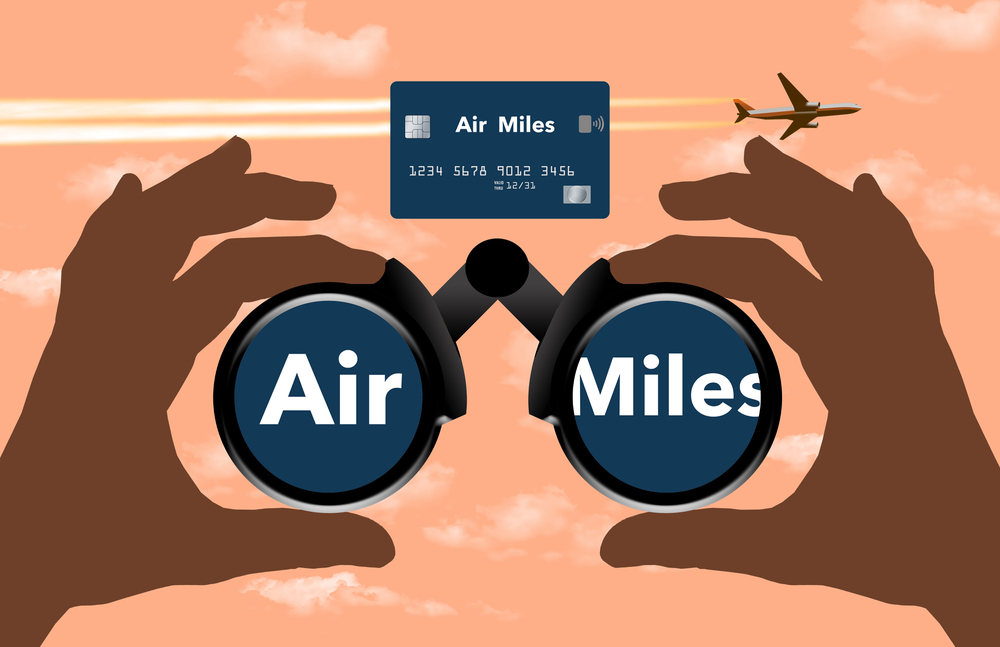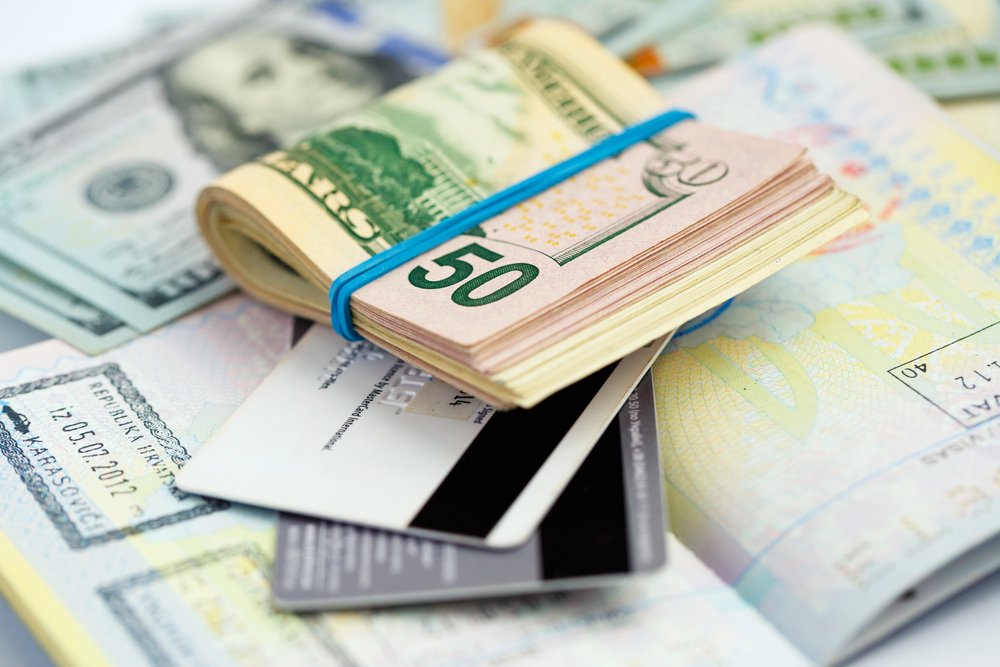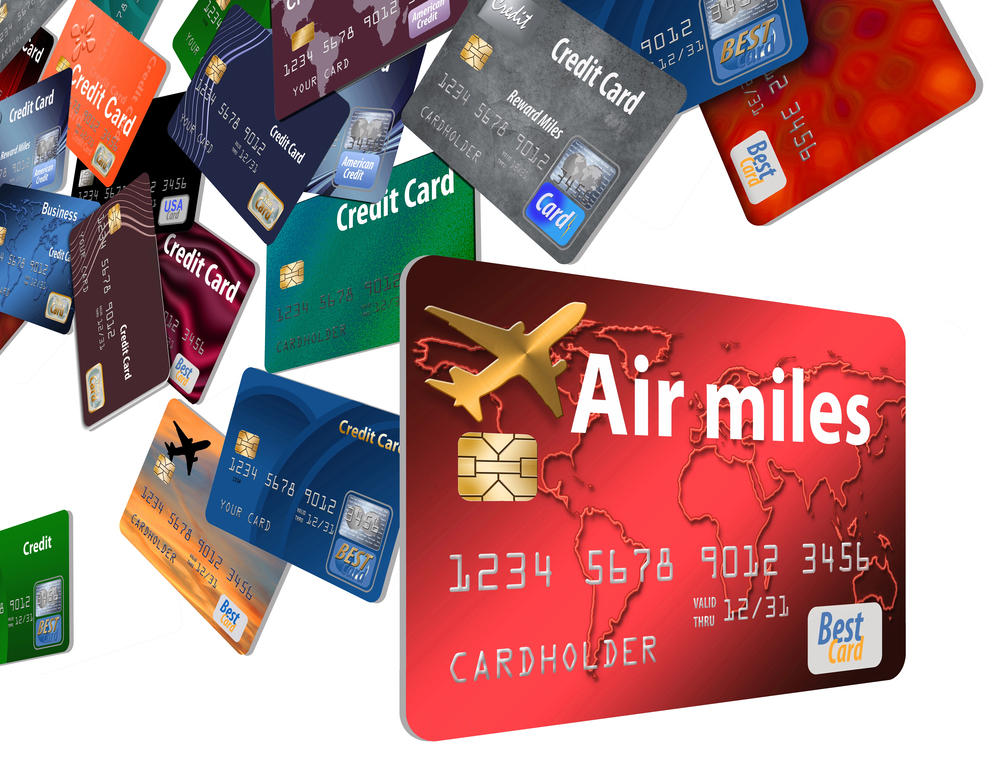Understanding travel credit cards requires learning about the difference between what banks advertise and what happens when you use these products in real life. Think of credit card marketing like a beautiful storefront window that shows you the most attractive merchandise, while the fine print contains the real rules that govern your experience.
Banks naturally emphasize the exciting benefits like free flights and luxury perks, but they’re much quieter about the restrictions and costs that can significantly impact the value you receive from these cards.
Learning to spot these hidden traps helps you make smarter decisions and avoid the frustration that comes from discovering unexpected limitations after you’ve already committed to a card or earned a large pile of points. Here is a list of 20 travel credit card traps that banks prefer to keep in the background rather than highlight in their promotional materials.
Point Devaluation Without Warning

Airlines and hotels regularly increase the number of points required for the same rewards, effectively reducing the value of points you’ve already earned by an average of 15% annually. This process, called devaluation, happens because your points aren’t protected like money in a bank account — they’re more like casino chips that the house can reprice at any time.
When you see a sudden announcement that your favorite hotel now costs 50,000 points instead of 35,000 points per night, you’re experiencing a devaluation that immediately makes your existing point balance less valuable.
Cash Advance Fees on Balance Transfers

Many cardholders don’t realize that certain transactions get classified as cash advances rather than purchases, triggering immediate interest charges of 3–5% even when you thought you were making a simple transfer. This classification happens with peer-to-peer payment apps like Venmo, money orders, wire transfers, and sometimes even bill payments, depending on how the merchant processes the transaction.
The trap lies in the fact that cash advances start accruing interest immediately with no grace period, unlike regular purchases, where you have about 21 days to pay before interest kicks in.
Like Travel Pug’s content? Follow us on MSN.
Foreign Transaction Fees on Domestic Purchases

Even when you’re shopping in the United States, you might get hit with foreign transaction fees if the merchant processes payments through an overseas bank or if you’re buying from an international company online. These 2.5–3% fees can appear on purchases from airlines, hotels, or online retailers that handle transactions in other countries, even though you never left home.
Understanding this trap requires knowing that the fee depends on where and how the payment gets processed, not necessarily where you’re physically located when you make the purchase.
Dynamic Pricing That Changes Hourly

Award prices for flights and hotels now fluctuate constantly based on demand, just like cash prices, meaning the ‘fixed’ award chart your card advertises might not reflect what you’ll pay when booking. This system, called dynamic pricing, means that a flight might cost 25,000 points in the morning and 40,000 points in the afternoon, with no way to predict or lock in the lower price.
Banks rarely explain that this pricing model makes it nearly impossible to budget your points or plan redemptions in advance, since award costs can change faster than you can earn the points needed.
Transfer Minimums and Partner Restrictions

Credit card points often require minimum transfers of 1,000 or more points to airline and hotel partners, which can leave smaller point balances essentially stranded in your account. Additionally, some transfer partnerships have limited availability or require advance notice, meaning you might not be able to move your points when you need them most.
The educational aspect here involves understanding that transferable points aren’t as flexible as they appear in marketing materials — each transfer comes with its own set of rules and limitations that can prevent you from accessing your rewards.
Like Travel Pug’s content? Follow us on MSN.
Category Spending Caps and Reset Dates

Those attractive bonus categories like ‘5x points on travel’ often come with quarterly or annual caps that banks mention briefly but don’t emphasize in their marketing materials. Once you hit the cap, which might be as low as $1,500 in spending per quarter, your earning rate drops dramatically to the base level.
The timing of when these caps reset varies by card and doesn’t always align with calendar quarters, creating confusion about when your higher earning rates will resume.
Annual Fee Timing vs. Benefit Timing

Banks typically charge annual fees immediately upon account opening or renewal, but many of the most valuable benefits, like annual travel credits or free nights, don’t become available until months later or require specific actions to unlock. This timing mismatch means you’re paying for benefits upfront that you might not be able to use for months, and if you cancel the card before using all the benefits, you don’t get a refund.
Understanding this trap helps you plan your card applications and cancellations to maximize the value you receive relative to the fees you pay.
Statement Credits vs. Travel Portal Pricing

When banks advertise that points are ‘worth 1.5 cents each for travel,’ they’re usually referring to redemptions through their travel portals, which often have higher prices than booking directly with airlines or hotels. This means your points might technically be worth 1.5 cents each, but you’re paying inflated prices that could make your redemption less valuable than paying cash for the same trip booked elsewhere.
The trap involves the math — getting 1.5 cents per point on a $600 flight is worse than getting 1 cent per point on a $400 flight for the same route.
Like Travel Pug’s content? Follow us on MSN.
Authorized User Restrictions on Benefits

Many premium card benefits like airport lounge access, travel credits, or elite status perks don’t extend to authorized users, even though banks often imply that adding family members gives them full access to card benefits. Each card has different rules about which benefits authorized users can access, and some require the primary cardholder to be present for benefits to work.
Reading the fine print carefully helps you understand whether paying for additional authorized users gives your family members the perks you expect them to receive.
Spending Requirement Timing Windows

Welcome bonuses often require you to spend a specific amount within the first three months, but banks don’t always clearly explain that this timer starts when you’re approved for the card, not when you receive it or when you make your first purchase. If card delivery is delayed or if you’re approved right before a month with naturally low spending, you might find it challenging to meet the requirement within the actual timeframe available.
Planning your applications around your spending patterns and understanding the exact start date helps you earn bonuses successfully without making unnecessary purchases.
Credit Utilization Impact on Rewards Cards

Banks rarely mention that maximizing rewards often requires putting significant spending on your credit cards, which can increase your credit utilization ratio and potentially hurt your credit score if not managed carefully. The trap occurs when people chase category bonuses or spending requirements without considering how their increased balances affect their credit profile, especially if they can’t pay off the full balance immediately.
Understanding this connection helps you balance rewards earning with credit health by spreading spending across multiple cards or paying down balances multiple times per month.
Like Travel Pug’s content? Follow us on MSN.
Partner Program Bankruptcy and Changes

When airlines or hotels face financial difficulties or get acquired by other companies, the transfer partnerships that make your credit card points valuable can disappear overnight with little advance notice. Banks have limited control over their partners’ business decisions, meaning your carefully accumulated points could suddenly become much less useful if your preferred airline goes out of business or changes its redemption rules.
Diversifying your point balances across multiple partners and programs helps protect against this risk, though banks rarely emphasize this vulnerability in their marketing.
Expiration Policies That Vary by Program

While credit card points themselves might not expire, the airline and hotel points you transfer them to often have different expiration rules that banks don’t clearly explain during the transfer process. Some airline programs require activity every 18 months, others need activity annually, and hotel programs might have different requirements entirely.
Understanding these various expiration timelines before you transfer points helps you avoid losing valuable rewards due to inactivity, especially if you’re accumulating points faster than you’re using them.
Hidden Cash Advance Classifications

Certain everyday transactions get classified as cash advances rather than purchases, triggering immediate interest and fees even when you’re not getting cash. This classification can happen with bill payments to utilities, tax payments, money orders, and even some online purchases, depending on how the merchant codes the transaction.
The educational key involves understanding that merchant category codes, not the nature of your purchase, determine how transactions are processed, and these codes aren’t always obvious or logical from a consumer perspective.
Elite Status Requirements That Keep Rising

Banks advertise credit cards that offer airline or hotel elite status, but they don’t emphasize that these programs regularly increase the requirements for maintaining or achieving higher status levels. What qualified you for gold status this year might only get you silver status next year, and the benefits associated with each level can also change without notice.
This means the value proposition of your credit card can deteriorate over time even if you haven’t changed your spending patterns or usage habits.
Like Travel Pug’s content? Follow us on MSN.
Interchange Fee Changes Affecting Rewards

Government regulations and industry changes can reduce the interchange fees that banks collect from merchants, which directly impacts their ability to fund generous rewards programs. When these fees get reduced, banks typically respond by decreasing earning rates, increasing annual fees, or eliminating benefits rather than absorbing the cost difference themselves.
Understanding this economic relationship helps explain why rewards programs tend to become less generous over time and why introductory offers are often more attractive than long-term earning rates.
Blackout Dates and Award Availability

Banks advertise that you can use points for ‘free’ flights and hotels, but they don’t prominently mention that award availability is often severely limited during peak travel times, holidays, and popular destinations. Airlines and hotels typically release only a small percentage of their inventory for award bookings, and the most desirable dates and locations fill up quickly or aren’t available at all.
This means your points might be worthless for the specific trips you want to take, forcing you to either compromise on your travel plans or pay cash despite having accumulated substantial rewards.
Transfer Ratios That Aren’t Always 1:1

While banks often advertise that points transfer to airline and hotel partners, they don’t always emphasize that these transfers aren’t necessarily at a 1:1 ratio, and some transfers can significantly reduce the value of your points. For example, transferring 1,000 credit card points might only give you 500 airline miles with certain partners, effectively halving the value of your rewards.
Additionally, transfer bonuses that temporarily improve these ratios create pressure to move points before you’re ready to use them, potentially leaving them stranded in programs where they’re harder to redeem.
Like Travel Pug’s content? Follow us on MSN.
Minimum Redemption Amounts and Restrictions

Many credit card rewards programs require minimum redemption amounts that can tie up your points until you’ve accumulated enough for a qualifying transaction. Additionally, some redemption options, like statement credits or gift cards, might require points to be redeemed in specific increments, making it difficult to use your exact point balance efficiently.
These restrictions can leave small amounts of points permanently unusable in your account, reducing the overall value you receive from your rewards earnings.
Terms and Conditions Changes

Banks reserve the right to change the terms and conditions of their credit cards with relatively short notice, typically 45 days, which means the benefits and earning structure you signed up for can change significantly during the time you hold the card.
These changes can include reducing earning rates, eliminating transfer partners, increasing fees, or modifying the rules for how you can use your rewards. Understanding that credit card terms aren’t permanent contracts helps you make decisions about which cards to keep long-term and when it might make sense to earn and redeem rewards quickly rather than accumulating them for future use.
From Simple Rewards to Complex Ecosystems

Travel credit cards have evolved from straightforward cash-back systems into intricate financial instruments that require constant attention and strategic thinking to maximize their value. What began as simple programs where you earned a predictable percentage back on purchases has transformed into dynamic ecosystems where point values fluctuate, partnerships change, and the rules governing your rewards can shift without warning.
Today’s credit card users need to approach these products more like active investment portfolios than passive rewards programs, constantly monitoring changes and adjusting strategies to protect the value they’ve earned. This evolution reflects the broader financialization of travel rewards, where the complexity that creates profit opportunities for banks also creates multiple ways for consumers to lose value if they don’t stay informed and engaged with the fine print.
Like Travel Pug’s content? Follow us on MSN.
More from Travel Pug

- 20 Best Beach Towns in the Carolinas
- 13 Destinations Where Tourists Regularly Regret Their Trip
- 20 Things You Actually Get in First Class
- 20 Small Airports With Aviation Museums
- 20 Places in the U.S. That Are Perfect for a Reset Trip
Like Travel Pug’s content? Follow us on MSN.
